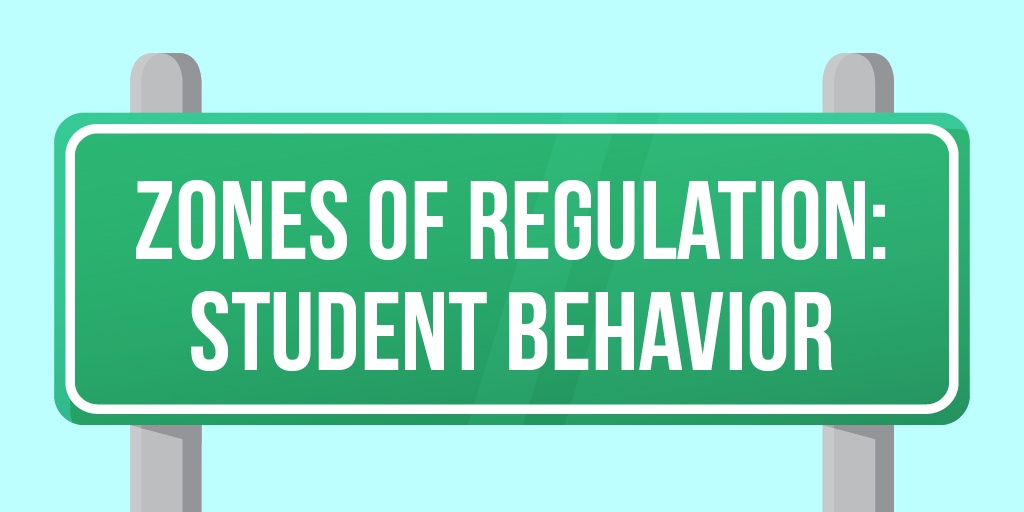
One of the questions I am often asked when it comes to students who really struggle with behavior is “What can we do to try to help?” At times, a student’s behavior can be extremely challenging—it can feel defeating and leave you unsure of a starting point.
It’s important to note that there are sometimes circumstances that fall outside of what the education system can assist with. Some students need support in a more intensive program and may require therapy or counseling. There may be medication issues or undiagnosed conditions that are at the root of the situation, or the student could be in an abusive environment and is acting out to let someone know that something is wrong. For most of these situations, there is little a school can do to control the outside factors.
Responding to Students’ Needs
Schools need to have a few “go-to” responses to student behavioral issues. If students have needs or move to the school with issues, it can take time to unpack many of the external factors. Schools will need to respond right away to meet the needs of the student. One of the go-to responses in our school is to work with students on zones of regulation. This can be an individual, small-group, or even whole-group approach to the social and emotional learning (SEL) skill of self-awareness. It is research-based and able to be put in place quickly with minimal prep or training.
The intention behind these zones of regulation is to help students understand how they're feeling at a certain point in time. Many of our students who struggle with behavior cannot read their body well enough to know the warning signs of things like agitation, fear, loneliness, hunger, or insecurity.
By providing a visual, along with physical prompts, teachers can help students understand how their body reacts to different stressors. We talk about the zones in a progressive sense. For example, sometimes you will see visuals that show the zones of regulation like climbing a mountain—the higher the level on the mountain, the more agitated or angry the student may be. Students can visualize that just like we can move up a mountain, we can also move down. So instead of going from the mountain top all the way to the valley in one fell swoop, we can show students how they can go from zone four to zone three by using certain mindful and calming techniques.
Identifying the Zones
 The techniques that we teach students for calming down and moving through the zones are in and of themselves important, but step one for helping students to cope with stress and trauma is to become aware and notice which zone they are in currently. This visual is one of many examples of the zones, but they all basically work the same way. There is a “low gear” of sadness and depression. Next comes a “green” zone which means “go” or things are good—this is where we want students to be for optimal learning potential. Next comes a “slow down” level as students are getting upset or agitated. Finally, the red or “stop” level is when the student is not in control of their behaviors and emotions. At this point, the goal is to return to a “slow down” mode to get their thinking back in check.
The techniques that we teach students for calming down and moving through the zones are in and of themselves important, but step one for helping students to cope with stress and trauma is to become aware and notice which zone they are in currently. This visual is one of many examples of the zones, but they all basically work the same way. There is a “low gear” of sadness and depression. Next comes a “green” zone which means “go” or things are good—this is where we want students to be for optimal learning potential. Next comes a “slow down” level as students are getting upset or agitated. Finally, the red or “stop” level is when the student is not in control of their behaviors and emotions. At this point, the goal is to return to a “slow down” mode to get their thinking back in check.
Different visuals exist for these levels—they are pretty pervasive on Pinterest and Teachers Pay Teachers. There are some that integrate the characters from Inside Out, Winnie the Pooh, and Disney princesses. While these are all engaging and motivating for the students, I would be wary of copyright infringement unless these were purchased from the company. Regardless of that, it is easy to see how these could be posted in a classroom and used for a whole-group lesson.
A good model for when to cover this is during a morning meeting or check-in time in the morning. Students can sense which zone they are in and self assess to get in the habit of being mindful about their current emotional state. If a student is in the yellow, red, or blue zone, the teacher can address it right away to help them move into the green zone in order for better learning to take place.
The Zones Are Not Just for Students
Knowledge of the zones can help teachers and adults, too. When dealing with students, we sometimes find ourselves losing our cool or a little bit out of touch with our emotions. When we sense this, we can take a breath, step back, and calm down in order to make more logical and informed decisions.
For further information or professional development, I recommend The Zones of Regulation® book and website by Leah Kuypers. It is a great starting point for learning about the various zones and the curriculum associated with it.
It’s important to remember that learning only happens when our students are in a good place with the right mindset to be able to learn. For other tips on classroom management and working with challenging students, be sure to check out these insightful articles.



